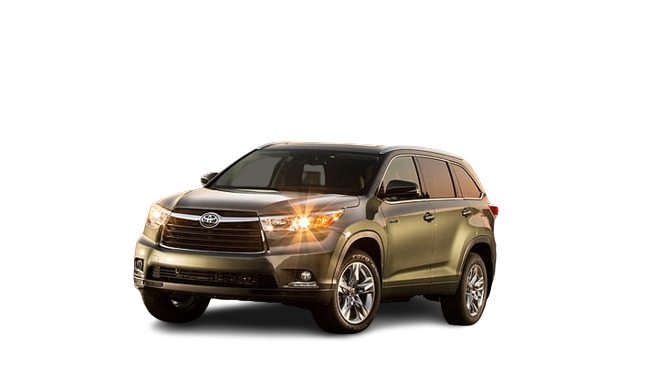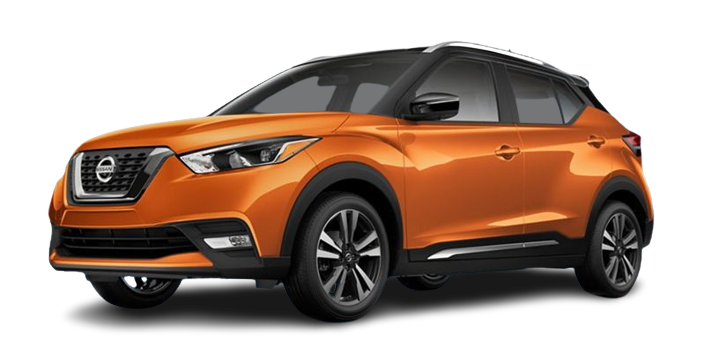The Ultimate Guide to Buying a Car
Here comes your Ultimate Guide to Buying a Car. Buying a car can evoke a mix of excitement and apprehension. With so many options available, it’s crucial to do your homework to ensure you choose the solution that best suits your requirements and financial constraints. This comprehensive manual will guide you through the entire car-buying process, from establishing a budget to signing the paperwork. So let’s get started!

What to Expect When Buying a Car
Realistic expectations are crucial when you start the car-buying process. Understand that this procedure will require an amount of time and dedication. You should prepare for extensive study, many vehicle test drives, and negotiating. It may take some time to discover the ideal car, so patience is essential.
Read: What is the best SUV to buy?
The Importance of Doing Your Research
It is imperative that you educate yourself on a variety of topics and obtain as much information as possible before purchasing a vehicle with your own hard-earned money. If you put in the effort to do extensive study, you’ll put yourself in a better position to make an educated choice. Spend some time researching the various car models, their costs, and the features and ratings provided by previous buyers. This stage will assist you in narrowing down your alternatives and finding the solution that is most suited to your way of life.
The Different Types of Cars Available
Automobiles can be found in a wide variety of forms, dimensions, and designs. Once you have an understanding of the various kinds of automobiles that are available, you will be better equipped to choose the model that best meets your requirements. There is a broad variety of vehicles available on the market today, and among them are sporty sedans, roomy SUVs, and hybrids that are good for the environment. When deciding which model of automobile will suit you best, it is important to take into account a variety of criteria, including the number of passengers it can accommodate, the amount of cargo space it offers, and its fuel efficiency.

Step 1: Set a Budget
When shopping for a car, your financial situation should be one of the first things you think about. You may avoid putting yourself in a difficult financial situation and avoid going into debt by creating a detailed budget. Take into account your current financial standing and estimate the maximum amount that you can confidently set aside for the purchase of the vehicle.
Read: The Best 2019 SUVs
How much money do you have to put toward a car?
The first step in developing a budget is to conduct a thorough examination of one’s financial situation. It is important to acquire accurate knowledge of what you can afford by first analyzing your income, expenses, and savings. It is crucial to find a balance, as spending an excessive amount of money on a vehicle might lead to financial strain.
Consider your monthly payments, insurance, and gas
When figuring out your financial plan, it is essential to take into account the additional expenses that come with car ownership. All of your expenses, including your monthly payments, your insurance premiums, and your gasoline costs, need to be accounted for. If you are aware of these costs in advance, you will avoid any unpleasant shocks further down the line.
Step 2: Decide What Type of Car You Need
When choosing a vehicle, it is essential to have a solid understanding of your own requirements and preferences. In this step, you will evaluate your way of life, your tastes, and the criteria you have in order to select a vehicle that is suitable for your day-to-day activities.

What will you be using the car for?
Think about the primary purposes for which you intend to utilize the car. Will it be for the purpose of driving to and from work, going on vacation with the family, or simply running errands? Depending on what you plan to do, you might need a vehicle with specific equipment or characteristics.
Read: The Best 2020 SUVs
How many people will be driving it?
Consider how many people will frequently use the vehicle, either as drivers or passengers. You could need a car with a large number of seats if you have a large family or if you frequently transport other people.
How much cargo space do you need?
Evaluate your cargo demands. If you frequently move large objects or participate in activities that require additional storage, such as camping or sports, a vehicle that offers a generous amount of cargo capacity may be the best choice for you.
Step 3: Do Your Research (The Ultimate Guide to Buying a Car)
Before making a purchase, it is essential to become knowledgeable about the many makes and models of automobiles, as well as the features, benefits, and drawbacks of each. Following this phase, you will be able to make an educated decision that takes into account both your preferences and your requirements.
Read reviews of different cars
It is helpful to gain useful insights into the performance and reliability of various automobile models by reading reviews written by both automotive specialists and average consumers. It is imperative that you consult reliable sources in order to acquire a clear understanding of the benefits and drawbacks of various automobiles.
Read: Best cars for college students

Compare prices
It is crucial to conduct price comparisons among a variety of dealerships as well as online marketplaces to ensure that you find the best available offer. Take advantage of the information that is accessible on websites that compare prices, or speak with dealerships in your area so that you can make informed pricing comparisons.
Consider the car’s fuel efficiency and safety ratings
Not only is it in one’s financial best interest to be conscientious of the fuel efficiency of their vehicle, but it is also the environmentally responsible thing to do. In addition, make safety a top priority by doing research on the safety ratings and characteristics of potential vehicles. It is essential that you get a vehicle that provides sufficient safety for you and the people you care about.
Step 4: Test Drive the Car
After you have narrowed down your choices, it is essential to get behind the wheel of the vehicle in question and gain direct experience with it. It is necessary to take the car you’re contemplating out for a test drive in order to evaluate its level of comfort, handling, and performance.

Make sure the car is comfortable for you to drive
Pay close attention to the driving posture, the comfort of the seat, and the general ergonomics when you are out on the test drive. Customize the interior of the vehicle to your tastes and requirements to have a pleasurable and relaxing time behind the wheel.
Read: Luxury cars under $50,000
Test out all the features (The Ultimate Guide to Buying a Car)
Spend some time getting acquainted with the many amenities of the vehicle, such as the information and entertainment system, the climate control, and the safety systems. Try them out to see if they live up to your standards and whether or not they are simple to operate.
Step 5: Negotiate the Price
The process of purchasing an automobile always includes some form of price haggling or negotiation. Do not be hesitant to negotiate in order to obtain the most favorable terms available for your situation.

Don’t be afraid to haggle
Keep in mind that the price that is mentioned can frequently be negotiated down. Enter the process of negotiating with self-assurance and be open to the idea of making a counteroffer if you believe the price being asked is unreasonable. Negotiation that is conducted in a manner that is polite and respectful can go a long way toward achieving a fair agreement.
If you’re unsatisfied, with the price consider being ready to leave.
Be ready to withdraw from the deal if the talks come to a stalemate and you and the other party are unable to agree on a price that is fair to both of you. There are always alternative possibilities accessible, and rather than settling for a bargain that is not up to pace, it is sometimes preferable to investigate those other options.
Step 6: Get Financing
If you need to obtain financing for the purchase of a car, it is in your best interest to look around for the most favorable interest rates. Investigate a variety of lending options, such as banks and credit unions, to increase the likelihood that you will find financing on terms to your liking.
Read: Best used cars under $10,000

Step 7: Sign the Paperwork
Before you commit to the purchase, it is important to read through all of the paperwork that comes with the vehicle. You should give each document a careful read through to ensure that you fully comprehend the terms, conditions, and warranties. If you sign the document without first ensuring that you fully understand it, this could cause problems in the future.
Conclusion To The Ultimate Guide to Buying a Car
Congratulations on the purchase of your new vehicle! You have successfully completed the process of purchasing an automobile according to these comprehensive instructions. Congratulations! To ensure that your newly purchased vehicle continues to operate without any hiccups, you should make it a point to keep up with its routine maintenance and give any necessary repairs high priority. Have fun out on the open road and in all the new experiences that your new wheels will offer you!



0 Comments